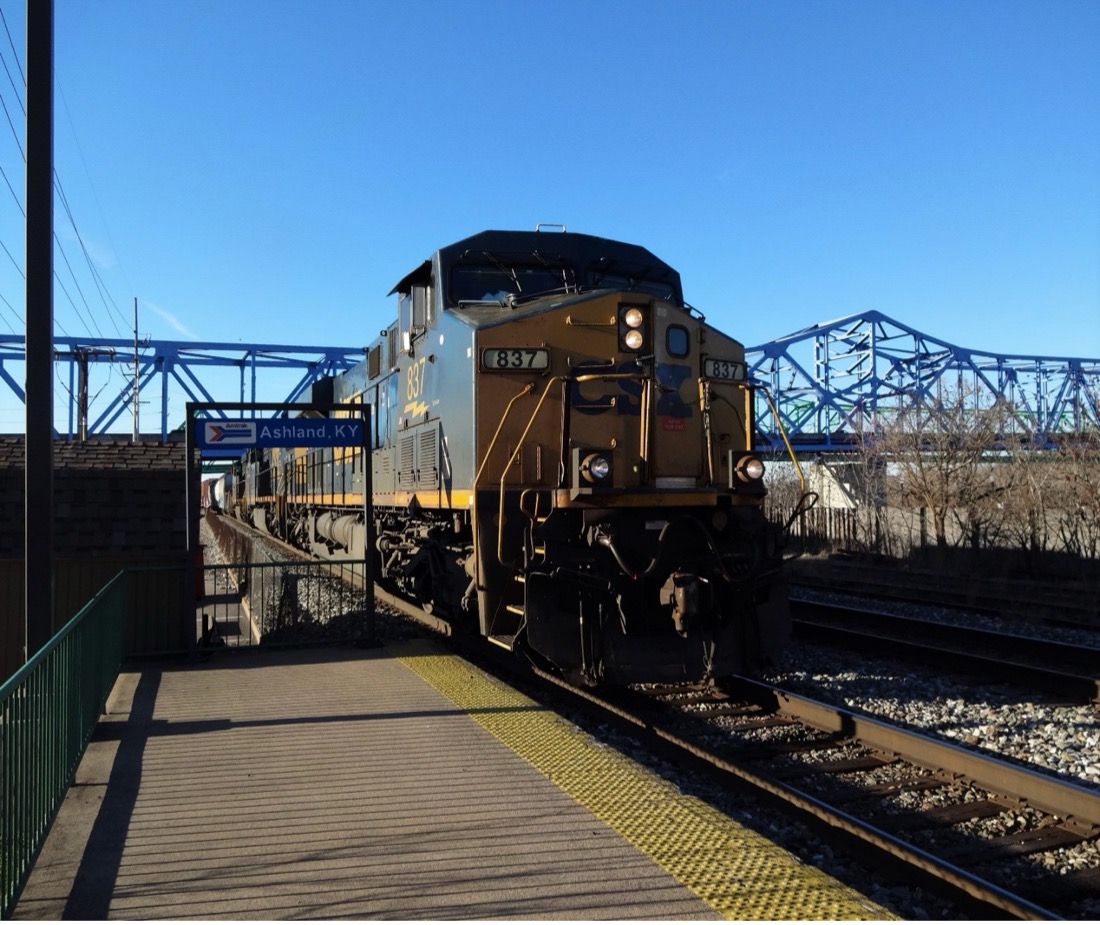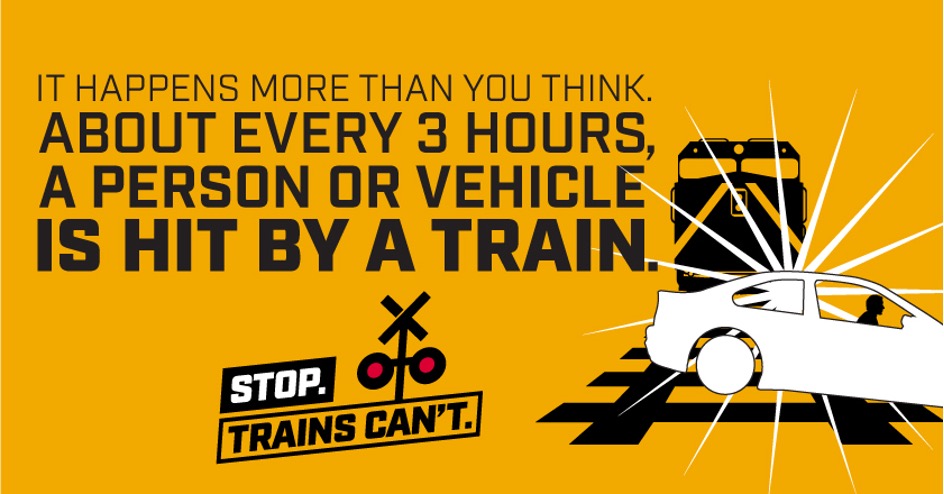Search for articles or browse our knowledge portal by topic.
Project Management and Railroad Coordination
Note: The topic of Railroad Coordination appears in two Knowledge Books.
For a time management perspective, access the Time Managment Knowledge Book.
To learn more about the project management process, access the Project Management Guidebook.
| Project Management and Railroad Coordination | Highway Project Classification | |||
| Capital Improvement Projects | Safety Projects | Asset Management Projects | Maintenance Projects | |
| 1. Internal KYTC Review and Coordination | x | x | x | x |
| 2. External Review Between Railroad and KYTC | x | x | x | x |
| 3. Railroad Estimate | x | x | x | x |
| 4. Railroad Agreement | x | x | x | |
| 5. Prepare Parcel Easement Offer | x | x | x | x |
| 6. Review of Offer | x | x | ||
| 7. Negotiations/Acceptance | x | x | x | x |
| 8. Railroad Safety Program | x | x | ||

The full definition for terms included in this article (listed below) can be found in the HKP Glossary.
- Flagging Services
- Railroad Term Agreement
If railroad involvement is anticipated, throughout project development the Project Manager (PM) and Central Office (CO) Rails staff should communicate about project status and rail accommodations. When a KYTC project adjoins or impacts a railroad facility, the railroad company that owns the facility becomes an active partner in project development and delivery.
A common scenario that involves railroad coordination is the replacement of a bridge over a railroad track(s). When this situation arises, KYTC must determine if the railroad company plans future expansion by adding tracks within the project limits (i.e., under a bridge) before it begins structural design work for the project. This lets KYTC account for extra width when designing the new structure span.
The railroad company involved in a project provides flagging servicesThe railroad typically assigns one flag-person to a project. These services are typically needed whenever the KYTC contractor is working on, across, over or under the Railroad rights of way. The flag-person has a very important role of ensuring the safety of railway employees and KYTC contractors working on or near the track. They direct or restrict the movement of trains through the working limits and/or control the work of contractors during the planned work. The Railroad Company has sole authority to determine the need for flagging required to protect its operation. (see Section 3 below for additional information). Contractors must coordinate with the railroad company on times when these services are needed. Any work to be performed by the contractor which requires flagging service must be deferred until the flagging protection required by the railroad company is available at the job site.
The CO Railroad Coordination Program is housed within the Division of Right of Way and Utilities. It serves as a single point of contact for coordinating efforts between the Cabinet and the affected railroad company. Following this review, the CO Rail Coordinator prepares a submittal package, with assistance from the PM. The submittal package includes all relevant project details and is sent to the railroad company. This typically includes a submittal letter, plan and profile sheets in the areas that impact the railroad facility, details for any proposed structures over the railroad tracks (including horizontal and vertical clearances), along with existing and proposed right-of-way information. For more information about plan development with railroad involvement refer to the KYTC Design Manual ( HD-1401), Design Manual Exhibits Exhibit 1400-01, Exhibit 1400-02 and Exhibit 1400-03 and the Utilities and Rails Guidance Manual ( UR-2001)
The Highway Design Guidance Manual (HD-1400) lists formatting requirements for railroad plan notation details, including horizontal and vertical clearance and railroad stationing. The KYTC Division of Right of Way and Utilities Railroad Programs website contains special notes and forms that are used when a railroad is involved.
The PM may also want to review documents specific to railroad company criteria (e.g., the railroad’s Public Projects Manual). The CO Rail Coordinator assists the PM as railroad plan notation details are prepared.
The CO Rail Coordinator routinely informs railroad companies of planned highway construction projects that may impact their facilities. However, these companies do not formally start preliminary engineering work until they receive a project-specific submittal package.
The CO Rail Coordinator submits a formal correspondence package to a rail company following the authorization of Utility Phase funding (which is comparable to how state letters are submitted to utility companies). If the project will benefit from early railroad coordination, the Cabinet may use Design Funds for this purpose. Railroad companies use the submittal package to develop cost estimates for preliminary engineering, final engineering, administration, construction management, flagging, and other project-specific costs.
The PM should expect to go through multiple rounds of questions and revisions before a railroad company formally accepts roadway plan details. This process can affect every facet of project development, including structure design (substructure and superstructure), drainage design, and construction sequencing. CO Rails staff convey all railroad company comments to the PM. The PM responds to comments by either revising plans or supplying information that clarifies the plans or design. The PM returns revised plans or supplemental information to the CO Rail Coordinator, who then submits them to the rail company. The review cycle continues until the railroad company approves project plans.

The CO Rail Coordinator, in communication with the PM, reviews railroad company estimates for project-related railroad expenses, including costs for flagging services. If flagging services are needed during construction, the PM assesses the estimated duration (and schedule) of work that will directly impact or occur in close proximity to rail facilities. Coordinating with railroad company requirements, the PM may need to include railroad flagging as a quantified bid item in the project’s final construction estimate.
Irrespective of the option used, the agreement includes plan details and cost estimates that have undergone multiple revisions and reviews throughout project development. Projects cannot be awarded until a railroad agreement is in place.
Once the railroad agreement is executed, KYTC District ROW staff prepare the parcel easement offer, which must adhere to the railroad company’s formatting requirements. Design and ROW subject-matter experts on the project team coordinate to develop this offer. They receive advisory assistance from CO Rails staff.
Railroad companies can spend a significant amount of time reviewing KYTC’s easement offer. Prolonged reviews may impact the project schedule. CO Rails staff familiar with railroad review requirements assist the project development team during the iterative review process.
Easement negotiations follow a review cycle similar to the plan review process. Unfortunately, railroad companies do not always consult Rails Right of Way staff during earlier plan reviews. In response to questions or requests submitted by railroad company personnel, the PM and the CO Rail Coordinator revise plans or provide clarification until KYTC’s offer is accepted.
Red Flag
District ROW staff need to prepare the parcel easement offer as soon as practical so it can be reviewed at the same time as the plan. The ROW offer may be fully reviewed and negotiated before the railroad agreement is executed. If this occurs, the ROW offer cannot proceed further until the agreement is executed. The offer resumes where it left off and is executed immediately after the railroad agreement is implemented.

From KYTC’s website: https://transportation.ky.gov/HighwaySafety/Pages/RailCrossingSafety.aspx
CO Rails staff maintain a statewide inventory of at-grade railroad crossings on public roads. Rail Coordinators, who facilitate the programming of funds for crossing improvements, use this information to prioritize crossings based on safety needs. They also oversee the execution of safety projects. During this process, the PM may ask District Design staff to submit plans for these improvements. The District Surveyor may also be asked to survey the improvement area. See the Utilities and Rails Guidance Manual (UR-2100) for more information.
Side Note
A project may include bicycle/pedestrian pathways that need to cross a railroad facility. Typically, an at-grade crossing needs to stay within the existing highway crossing easement if one exists. For new crossings, railroad companies prefer the use of grade-separated pathways. Once it is determined by the PM and Project Develop Team that a bicycle/pedestrian facility should traverse a railroad, the PM must inform the CO Rail Coordinator. The CO Rail Coordinator initiates discussions with the affected railroad company to discuss and determine available options.
At-grade crossings within an existing highway easement must have appropriate signs and warning systems as specified by KYTC requirements. These devices must be accounted for when designing the at-grade crossing.
Highway Knowledge Portal Articles: Railroad Coordination
Project Management Guidebook Knowledge Book:
Access the complete Knowledge Book here: Project Management Guidebook
Next Article: Managing Project Risk
Previous Article: Project Management & Utility Coordination

